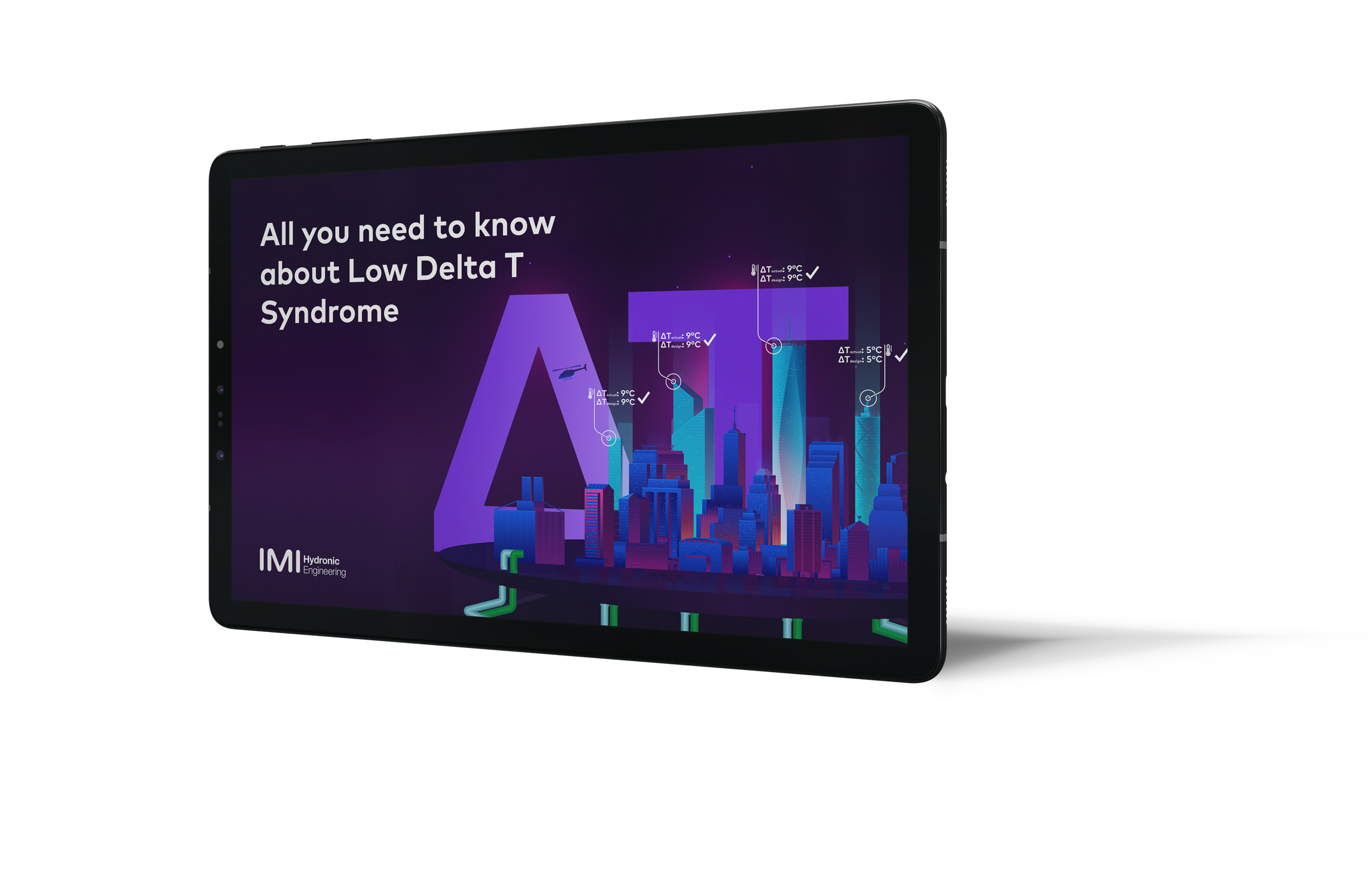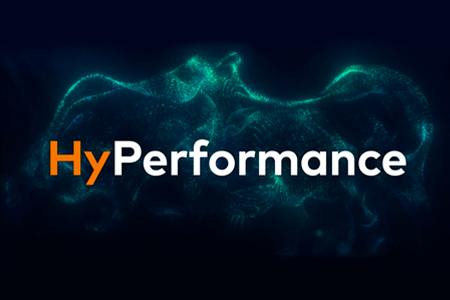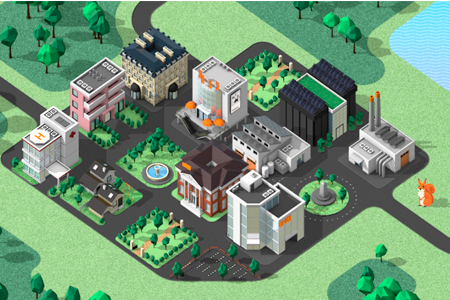Optimising Efficiency in District Cooling Buildings
With urbanisation levels worldwide expected to reach about 2/3 of the population by 2050, District Cooling Systems provide an efficient and sustainable approach for densely populated areas.
How does a Distric Cooling System work?
Unlike traditional air conditioning systems, which rely on individual units in each building, District Cooling harnesses economies of scale to provide efficient and reliable cooling services to entire districts and it can significantly decrease energy consumption compared to traditional cooling methods, making it a smart choice for environmentally conscious urban planning.
_
Primary side
The primary side of a District Cooling system encompasses the centralised plant and the infrastructure responsible for producing and distributing chilled water.
Along the distribution network, pumping stations help maintain the flow and pressure of chilled water, ensuring efficient delivery to all connected buildings.
Secondary side
The secondary side of a District Cooling system involves the individual buildings that receive chilled water for cooling purposes. Within each building, heat exchangers are installed to receive water from the District Cooling System.
Customers pay for the volume of chilled water delivered to their building. However, additional charges may apply, including penalties for returning water not aligning with the specified temperature, also known as Low Delta T Syndrome, due to inefficient heat exchange.
Low Delta T Syndrome is a common issue in buildings but can be specifically detrimental in District Cooling Systems
Low Delta T Syndrome is a condition where the temperature difference (ΔT) between the supply and return water in a chilled or hot water system is significantly lower than the design specifications.
This phenomenon can lead to reduced system efficiency, increased energy consumption, and inadequate thermal comfort for building occupants.

Solving Low Delta T Syndrome
To effectively address Low Delta T Syndrome within a building connected to a District Cooling network, it is crucial to comprehend its underlying causes and explore available solutions. We have compiled a document detailing these factors and potential remedies.
Download our free e-book below

Download Our Guide

Are you seeking personalised advice?
Our HyPerformance team is prepared to assist you in enhancing the performance of your building’s HVAC system and ensuring that the designed Delta T is met, leading to a reduction in energy consumption and costs.

District Cooling FAQ
We have collected and answered the most common questions about District Cooling and Low Delta T Syndrome

Hydronic City
Whether you are managing a commercial office space, a healthcare facility, a data centre or a residential complex, our tailored HVAC systems are designed to optimise indoor environments while minimising energy consumption.

